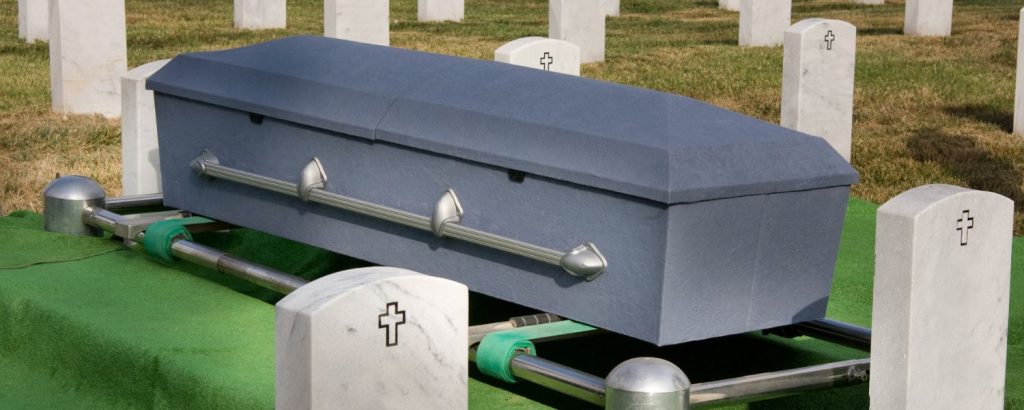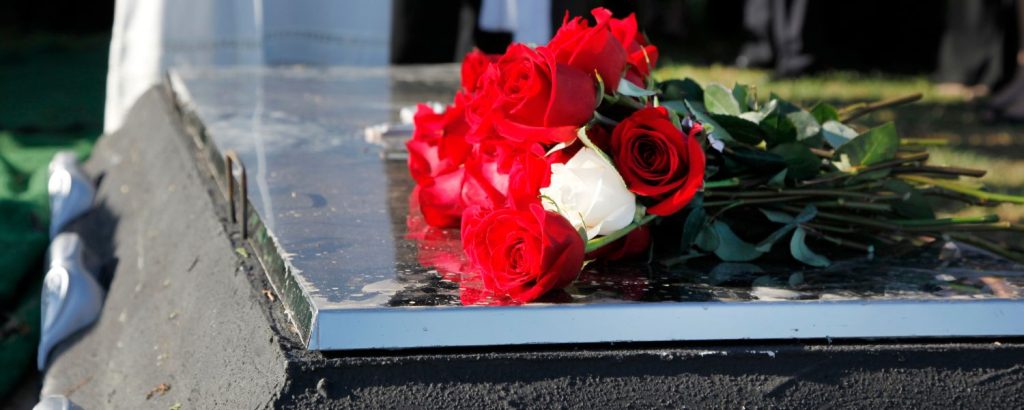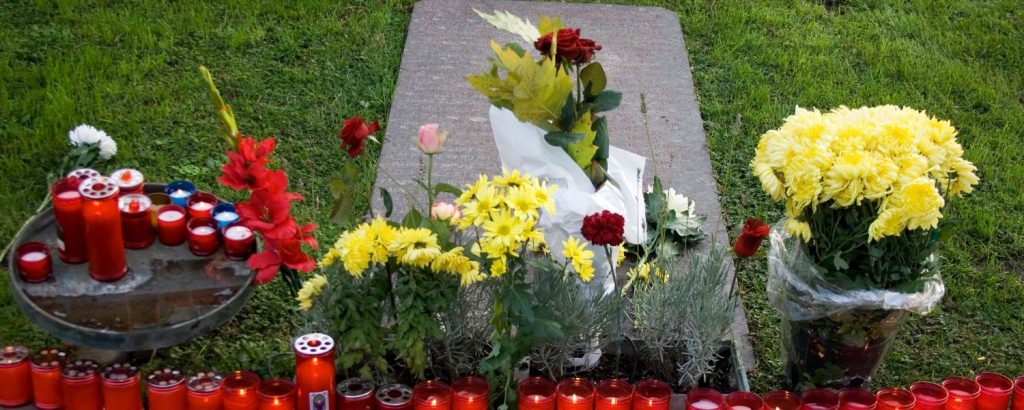
Cremation has gained considerable popularity as a preferred method for handling the remains of loved ones in Australia. With its practicality, affordability, and flexibility, cremation offers families a meaningful way to honour their deceased while also considering practical considerations. In this guide, we’ll delve into the details of cremation in Australia, focusing on the process, duration, memorialisation options, and where the cremation process takes place.
Popularity of Cremation in Australia

Cremation has seen a steady rise in popularity across Australia in recent years. According to recent statistics, cremation rates in Australia have been on the rise, with more than 65% of Australians choosing cremation over traditional burial services.
This increasing preference can be attributed to various factors, including cultural shifts, environmental concerns, and the practicality and affordability of cremation compared to burial.
Cremation Process in Australia

The cremation process in Australia adheres to strict regulations and procedures to ensure respect for the deceased and compliance with legal requirements. Here’s a detailed overview of the cremation process in Australia:
1. Preparation of the Deceased
Before cremation, the deceased must undergo preparation. This involves removing metal objects, such as jewellery, prosthetics, and pacemakers, as these can interfere with the cremation process and pose safety risks. Additionally, the body may be dressed in the family’s appropriate attire.
2. Transportation to the Crematorium
The deceased is transported to a crematorium once the preparation is complete. In Australia, crematoriums are specialised facilities equipped with cremation chambers and other necessary equipment for the cremation process.
3. Identification and Paperwork
At the crematorium, staff members verify the deceased’s identity and ensure that all required paperwork and permits are in order. This includes documentation such as a death certificate, cremation authorisation form, and any special instructions the family provides regarding the cremation process and memorialisation preferences.
4. Placement in the Cremation Chamber
The body is placed inside the cremation chamber, also known as a retort or cremator. Modern cremation chambers are designed to withstand high temperatures and have sophisticated controls to regulate the cremation process.
5. Cremation Process
The cremation process is initiated when the body is placed inside the chamber, where temperatures soar between 760 and 982 degrees Celsius. These temperatures are achieved through natural gas, propane, or alternative fuel sources. The profound heat causes the body to undergo combustion and dehydration, ultimately reducing the body to bone fragments and ashes.
6. Cooling and Collection of Ashes
Once the cremation process is complete, the remains can cool before being carefully collected from the cremation chamber. The bone fragments undergo a refining process, resulting in a finely ground powder commonly known as “ashes.”
7. Final Processing and Identification
After collecting the ashes, they undergo a final processing stage to ensure uniformity and remove any remaining residue. During this process, any metal objects that were not previously removed are separated from the ashes. Additionally, the ashes are carefully labelled and identified to ensure accurate tracking throughout the cremation process.
8. Transfer of Ashes
Once processed, the ashes are typically placed in a container or urn chosen by the family. The urn may be personalised or customised according to the family’s preferences. The crematorium staff then presents the urn to the family or arranges for its delivery to a designated location.
9. Memorialisation and Disposition
After the cremation process, families have various options for memorialising their loved ones and disposing of the ashes. This may include scattering the ashes in a meaningful location, interring them in a cemetery or columbarium, or keeping them in a decorative urn at home.
Duration of Cremation

The duration of cremation is a common query among those considering this option for handling the remains of a loved one. While the actual cremation process typically lasts between one to three hours, several factors can influence the overall duration of the process.
1. Crematorium Procedures
The duration of cremation can also be influenced by procedures and protocols followed by the crematorium. Factors such as the type of cremation equipment used, operational efficiency, and scheduling may affect how quickly the process is completed.
2. Additional Services
Sometimes, families may include additional services or ceremonies alongside the cremation process. This could involve a viewing or visitation before cremation, which may add extra time.
Memorialising a Loved One After Cremation

After the cremation process is complete, families have various options for memorialising their loved ones. Cremation allows for a range of personalised memorialisation choices, including:
1. Scattering of Ashes
Scattering a loved one’s ashes allows families to honour their memory in a profoundly personal and symbolic way. Whether in a serene natural setting, a favourite vacation spot, or a meaningful location, scattering ashes provides a connection between the deceased and the environment they cherish. This act can bring a sense of peace and closure to family members as they release their loved one’s remains into the world, allowing them to become part of the eternal cycle of nature.
2. Keepsakes and Memorial Jewelry
Transforming a portion of the ashes into keepsakes or memorial jewellery offers a tangible way for family members to keep their loved ones close. Whether it’s a pendant containing a small amount of ashes or a piece of glass art infused with cremains, these items are physical reminders of the bond shared with the deceased. They can be worn daily or displayed prominently in the home, serving as comforting mementos and conversation starters that keep the memory of the departed alive.
3. Memorial Gardens or Columbariums
Memorial gardens and columbariums provide dedicated spaces where families can visit and pay their respects to their loved ones. These tranquil settings offer peace and serenity, allowing visitors to reflect and remember peacefully. Whether it’s a beautifully landscaped garden with benches for contemplation or a serene columbarium with niches for urns, these spaces provide a permanent tribute to the deceased and a place for family members to connect with their memories.
4. Urns and Display Options
Choosing an urn or container to hold a loved one’s ashes allows families to personalise their memorialisation. From traditional urns made of wood, metal, or ceramic to more contemporary options such as biodegradable urns or custom-designed containers, there’s a diverse array of options accessible to accommodate various tastes and preferences. Displaying the urn in a prominent location in the home or at a memorial service provides a focal point for remembrance and honours the deceased’s life meaningfully.
Where Does the Cremation Process Take Place?

In Australia, cremation typically takes place at specialised facilities known as crematoriums. These facilities have the necessary equipment and trained staff to handle the cremation process professionally. Families can choose a crematorium based on location, facilities, and reputation for quality service.
Conclusion
Cremation offers families in Australia a practical, flexible, and meaningful alternative to traditional burial services. With its rising popularity, streamlined process, and diverse memorialisation options, cremation provides a fitting tribute to loved ones while accommodating individual preferences and beliefs.
Regardless of whether families choose a direct cremation or a more elaborate memorial service, they can take comfort in the assurance that their loved one’s final wishes are being respected with dignity and reverence.
 "/>
"/>
